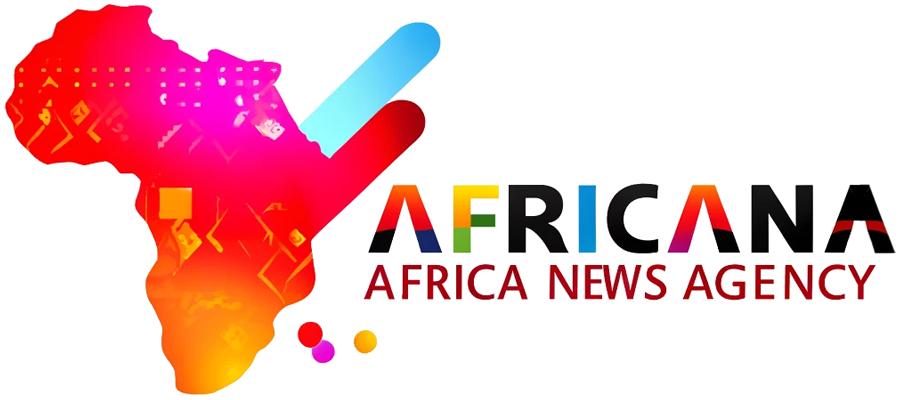Share
Gaia, a leader in Africa’s financial inclusion space, has recently called for the development of a robust secondary market in Sub-Saharan Africa. The company, which focuses on providing innovative financial solutions to underserved populations, argues that establishing secondary markets for assets and investments will play a pivotal role in driving economic growth, enhancing liquidity, and supporting sustainable development across the region.
Understanding the Secondary Market and Its Importance
The secondary market refers to a marketplace where existing securities, financial products, or assets can be traded between investors, as opposed to primary markets where new securities are issued for the first time. For Sub-Saharan Africa, where financial markets are still developing, the establishment of secondary markets is seen as a crucial step toward building financial stability and capital flow.
Key benefits of developing a secondary market include:
Increased Liquidity: A well-functioning secondary market allows investors to buy and sell assets more easily, making it more attractive for individuals and businesses to invest in long-term projects. In regions where capital markets are thin and investors hesitate to engage due to the lack of liquidity, secondary markets provide a solution by creating opportunities for faster asset turnover.
Access to Capital: By facilitating the trading of existing financial instruments, secondary markets can improve access to capital for both governments and private enterprises. Companies and governments can leverage secondary markets to attract investments and channel funds into infrastructure projects, small businesses, and development initiatives.
Risk Diversification: Investors are more likely to participate in markets where they can diversify their portfolios and spread risk. A functioning secondary market encourages this by allowing investors to trade different types of assets, from stocks and bonds to more innovative financial products such as green bonds or impact investments.
Market Transparency: The existence of a secondary market improves the price discovery process, offering transparency about asset prices based on real-time demand and supply. This transparency builds investor confidence and encourages participation in local and international markets.
Why Sub-Saharan Africa Needs a Secondary Market
Sub-Saharan Africa is home to some of the world’s fastest-growing economies, but many countries still struggle with underdeveloped financial systems. In several African nations, access to formal financial services remains limited, and the capital markets lack depth and sophistication. According to Gaia, addressing this by creating a vibrant secondary market is key to unlocking the region’s full economic potential.
Economic Growth: Secondary markets will provide a much-needed boost to small and medium-sized enterprises (SMEs) and other sectors that are critical for growth in Sub-Saharan Africa. SMEs often face difficulties in raising capital due to the absence of robust financial markets. A secondary market will help bridge this gap by attracting both local and foreign investments into these businesses.
Infrastructure Financing: Africa’s infrastructure deficit is one of the biggest constraints to its growth. By offering investors the opportunity to trade debt instruments and other securities, a secondary market could channel significant resources into critical infrastructure projects, including energy, transport, and telecommunications.
Development of Green Bonds: In light of the global shift towards sustainability, Gaia emphasizes the role of secondary markets in promoting the trading of green bonds. Green bonds are financial instruments specifically designed to raise funds for climate and environmental projects. As Africa is one of the regions most vulnerable to climate change, the creation of secondary markets for green bonds can provide an avenue for financing the region’s transition to a low-carbon economy.
Challenges and Roadmap for Development
While the benefits of secondary markets are clear, there are several challenges that must be addressed for their successful establishment in Sub-Saharan Africa:
Regulatory Frameworks: One of the main obstacles to developing secondary markets is the lack of strong and consistent regulatory frameworks. Governments across the region need to work together to create rules that promote investor confidence and ensure market integrity.
Investor Education: For many in Sub-Saharan Africa, participation in financial markets is still limited due to a lack of knowledge and exposure. Efforts must be made to improve financial literacy and educate both institutional and retail investors about the benefits of secondary markets.
Market Infrastructure: Developing the technological infrastructure required for trading and settlement in secondary markets is essential. This includes creating efficient clearing and settlement systems, as well as the implementation of digital platforms that can facilitate cross-border trading.
Political Stability: A major concern for investors in Africa is political risk. To attract long-term investments, African countries must ensure that their political environments are stable and conducive to market growth.
Conclusion: A Call for Action
Gaia’s call for the development of secondary markets in Sub-Saharan Africa is timely and essential for the region’s economic future. By addressing issues related to liquidity, capital access, and infrastructure financing, secondary markets can play a transformative role in driving growth and sustainability across the continent.
Governments, the private sector, and international organizations must collaborate to build the necessary infrastructure, regulatory frameworks, and investor education programs to ensure the success of these markets. With the right support, Sub-Saharan Africa has the potential to develop into a dynamic and thriving financial hub, benefiting not only the region but the global economy as a whole.
Image source:fitchsolutions.com


